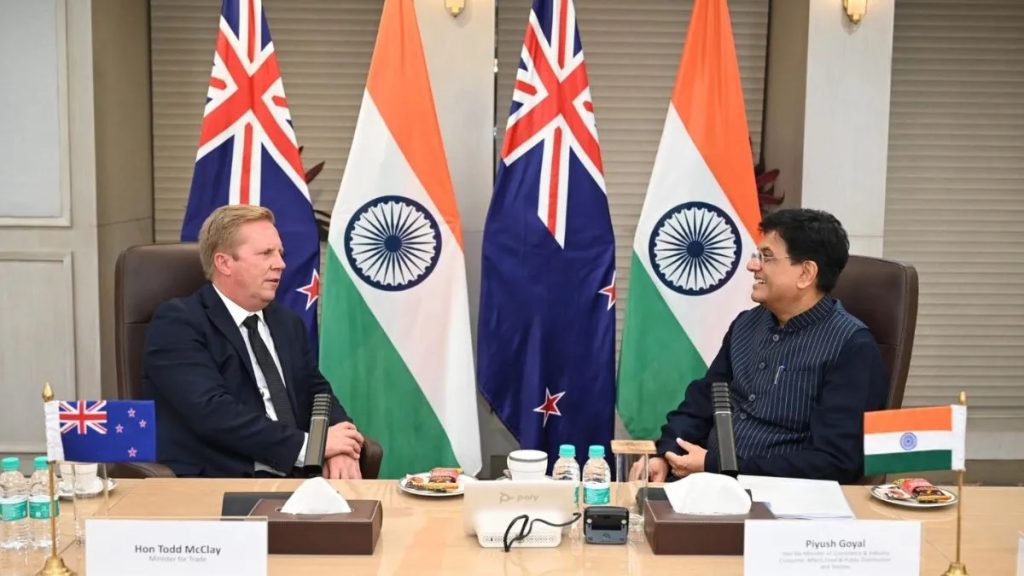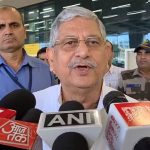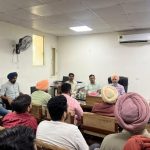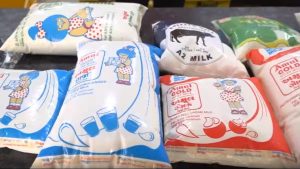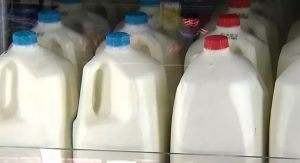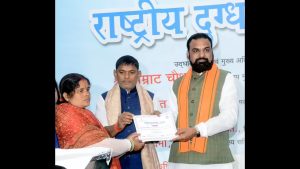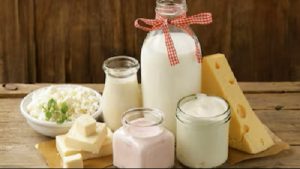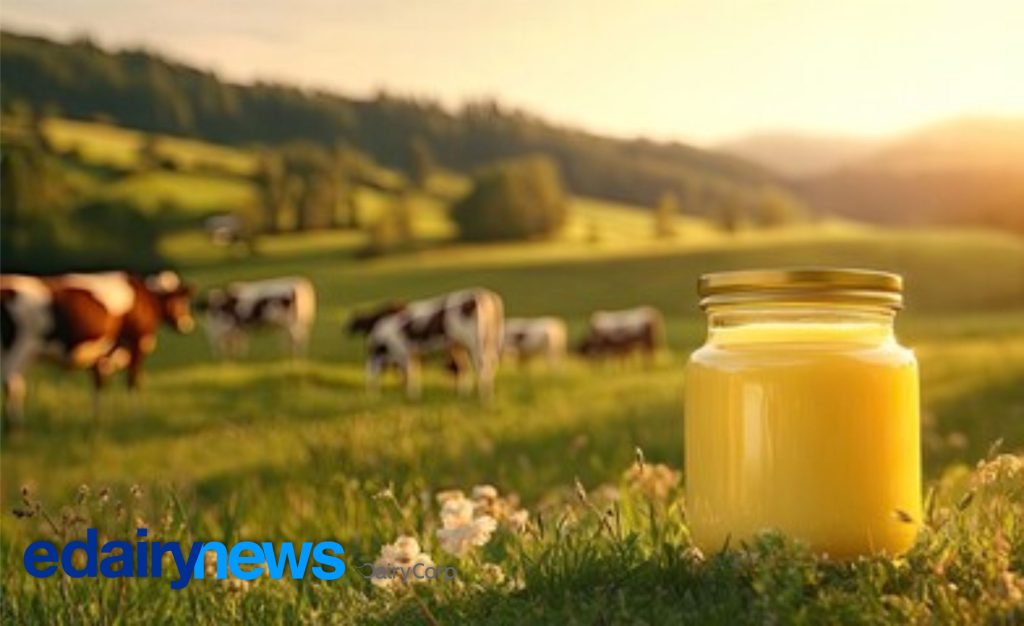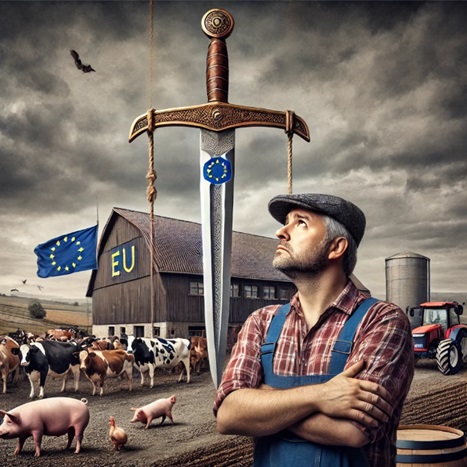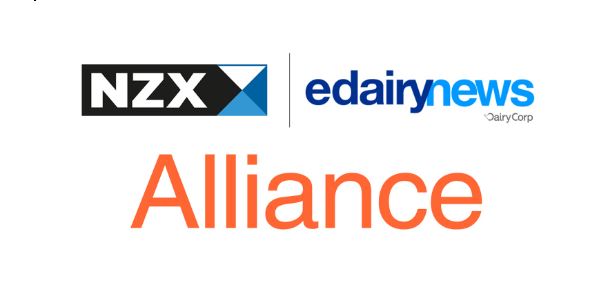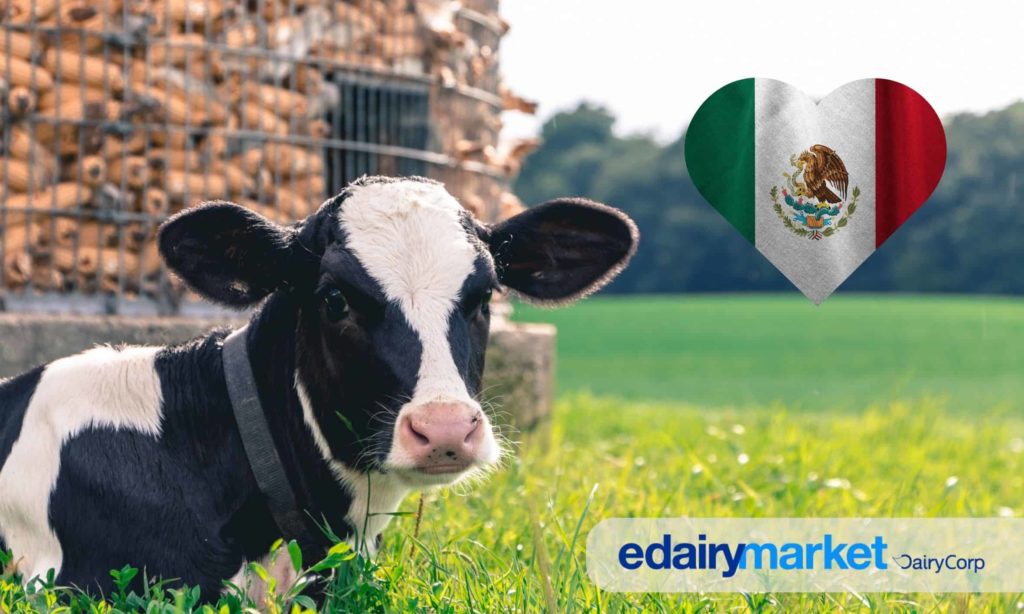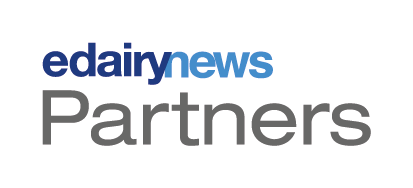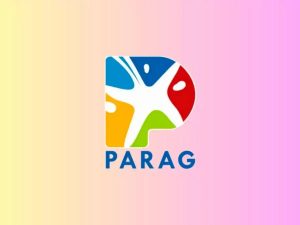
Free Trade Negotiations Resume in New Delhi, But India’s Dairy Tariffs and New Zealand’s Export Demands Create Major Conflict.
India and New Zealand are set to resume the critical fourth round of negotiations in New Delhi today, October 13, 2025, in an attempt to finalize a Free Trade Agreement (FTA). The discussions, which officially began on March 16, 2025, follow a meeting between India’s Commerce and Industry Minister Piyush Goyal and New Zealand’s Trade and Investment Minister Todd McClay. Both nations have expressed strong commitment to deepening economic cooperation, aiming to create a balanced agreement that will enhance trade, strengthen supply chain resilience, and generate new opportunities for businesses in both economies, building on the 49 per cent surge in merchandise trade seen in the financial year 2024–25, which reached $1.3 billion.
The major obstacle in the stalled negotiations remains the deep conflict over dairy access. New Zealand, a global powerhouse in dairy exports, views unrestricted entry to the massive Indian consumer market as a non-negotiable cornerstone of any FTA. This is driven by its highly efficient, export-focused dairy industry, which forms the foundation of its international trade economy. New Zealand’s persistent push for market access directly clashes with India’s long-standing protectionist stance, which has kept high tariffs on dairy imports in place.
India’s reluctance to liberalize its dairy sector is rooted in deep socio-economic realities. The Indian dairy sector is one of the world’s largest, sustaining millions of small-scale farmers and landless laborers, with the majority being women and marginalized communities. These groups rely on dairy as a crucial source of daily income and nutrition, operating with a low-investment, sustainable livelihood model. Indian policymakers are acutely sensitive to the political fallout—especially following recent nationwide farmer protests—of any trade liberalization move perceived to jeopardize the stability of these rural livelihoods.
Beyond the dairy conflict, the two nations face other significant trade barriers. Sanitary and Phytosanitary (SPS) barriers continue to hinder India’s exports of agricultural products to New Zealand. Furthermore, the absence of Mutual Recognition Agreements (MRAs) complicates critical certification processes necessary for trade efficiency. Limited defense cooperation, along with existing barriers for Indian students seeking education in New Zealand, further restricts the two nations’ ability to forge a deeper, more comprehensive economic and strategic engagement.
In essence, the FTA talks are deadlocked by a fundamental clash of priorities: New Zealand’s necessity for dairy export access versus India’s unwavering requirement to protect its millions of small-scale dairy producers. While both countries acknowledge the strategic value of enhancing ties in areas like services and technology, the political and economic sensitivities surrounding the dairy industry ensure that the core issue of tariffs remains the single greatest impediment to achieving a final, successful free trade agreement.
Source: Find the complete report on the India-New Zealand FTA negotiations at India TV News.
You can now read the most important #news on #eDairyNews #Whatsapp channels!!!
🇮🇳 eDairy News ÍNDIA: https://whatsapp.com/channel/0029VaPidCcGpLHImBQk6x1F
